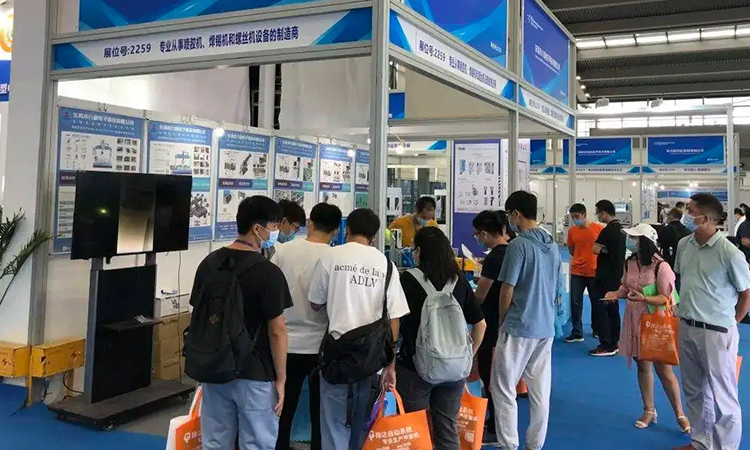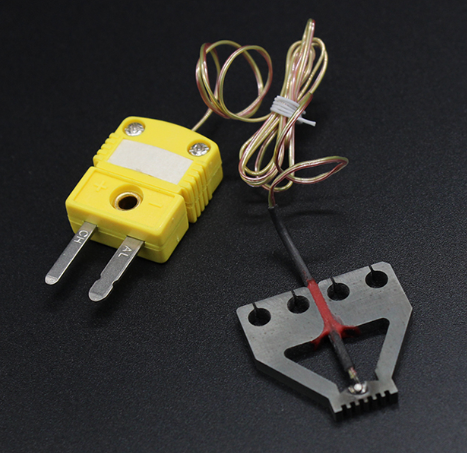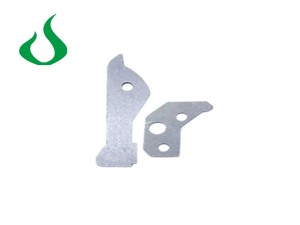MENU

 LNG
LNG
Due to the high hardness and high brittleness of the high-strength automobile plate itself, the interface fracture failure tendency during the spot welding process is relatively large. By studying the welding performance of the automobile plate under different spot welding process parameters, Fracture failure is divided into three modes, which are the failure modes of typical automotive plate spot welded heads. High-strength automotive plate spot welded heads are mainly divided into three failure modes: interface fracture, fusion line fracture and heat affected zone fracture. Among them, the interface fracture mode of (a) is interface fracture, the fracture of the spot welded head has penetrated the entire fusion zone, and the macroscopic fracture is relatively flat; the interface fracture mode of (b) is the fusion line fracture, and the fracture position of the spot welded head is at the fusion line. It can be seen from the macro morphology of the fracture that the fracture is not flat, but is consistent with the direction of the tensile and shear force, forming a certain angle deflection with the plane of the steel plate; the interface fracture mode of (c) is the heat-affected zone fracture, and the spot welded joint The fracture location is located in the softening zone, that is at the junction of the base metal zone of the heat-affected zone, and the nugget is completely pulled out.
The cross-sectional morphology of the spot-welded tensile-shear joints under the three failure modes was observed. From the cross-sectional morphology of the spot-welded tensile-shear joints under the interface fracture mode, it can be seen that the fracture has penetrated the entire fusion zone and is lapped in the automobile plate. The original cracks can also be seen at the surface joints; From the cross-sectional morphology of the spot welded tensile-shear joint under the fusion line fracture mode, it can be seen that the spot welded joint is broken at the junction of the fusion zone and the heat-affected zone; It can be seen from the cross-sectional morphology of the spot welded tensile-shear joints under the fracture mode of the heat-affected zone that the fracture positions all occur in the heat-affected zone, which may be caused by insufficient toughness. After the cracks occur during the tensile-shear process, they will follow Expansion in the thickness direction. In addition, it is worth noting that if the initial crack at the interface of the fusion line extends along the central plane of the nugget, it will cause interface fracture failure, and if the initial crack expands along the direction of the fusion line, it will cause a fusion line failure. Therefore, the welding process should be controlled.
The scanning electron microscope micrograph of the failure position of the spot welding head of the automobile board. The failure location in the interface fracture mode is at the overlap gap between the two workpieces. The initial cracks are generated due to the effect of local stress concentration. During the process of tensile and shear forces, the initial cracks will grow along the hard and brittle nugget structure. And cause rupture; In the fracture mode of the fusion line, it can be seen that there are serious shrinkage defects at the failure source, and stress concentration is likely to occur in the tensile and shear process to form a feature that extends along the fusion line; the failure source in the fracture mode of the heat-affected zone is located in the two-phase region. The formation of this kind of MA structure is mainly due to the increase in the stability of austenite during the transformation of austenite to ferrite, which makes the A/M transformation incompletely formed during the cooling process. During the shearing process, cracks are easy to produce and gradually expand to the softened zone with lower hardness.


